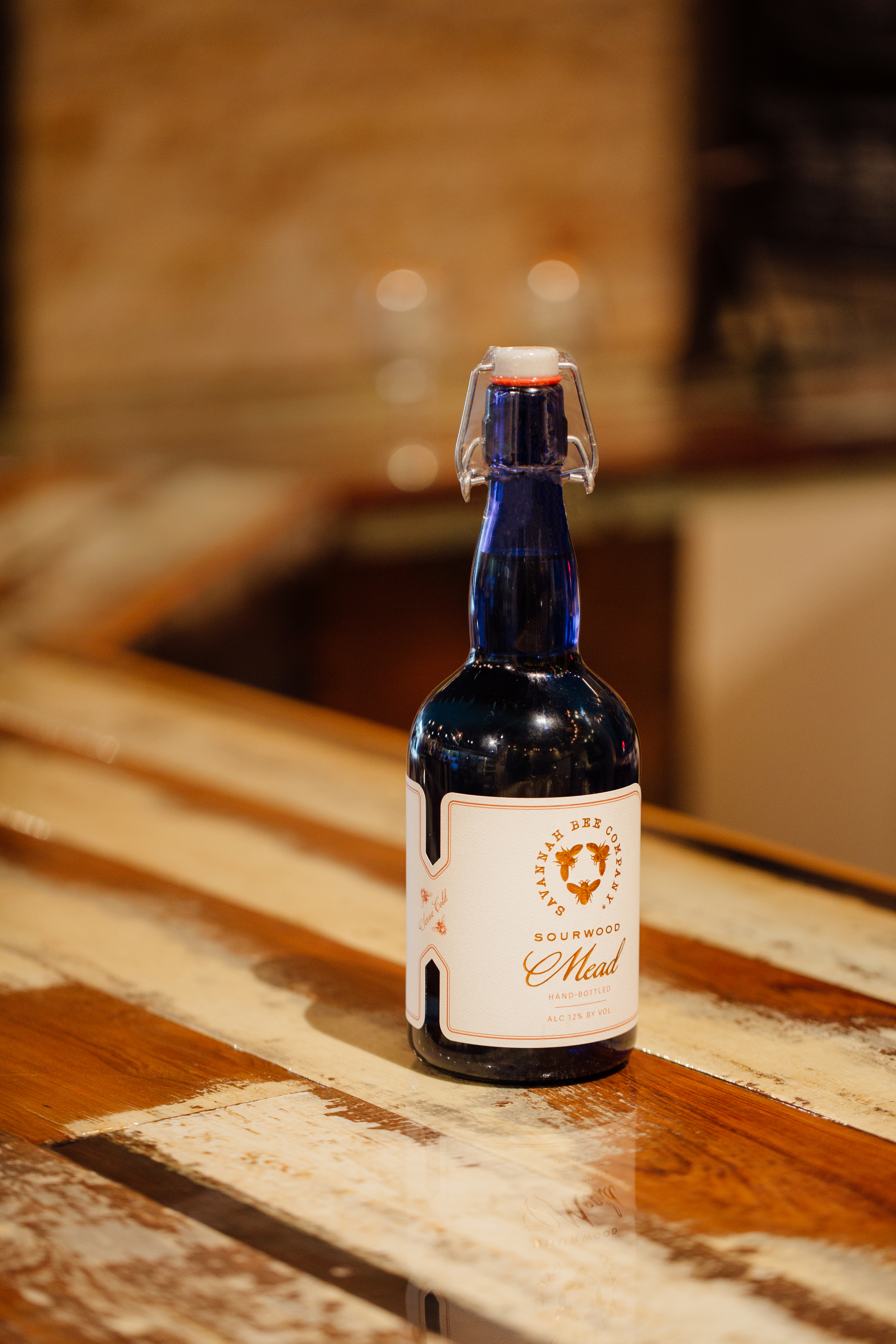Drink Mead
A blast from the past to spice up happy hour.
Article by Fred Minnick
Let’s travel back in drinking time. Long before European monks made beer or American cowboys kicked back whiskey, ancient cultures harvested honey, mixed it with water, and let it sit for natural fermentation to create mead, one of the world’s oldest alcoholic beverages. Consumed by Greek gods, Roman nobles, Vikings, and African kings and queens, mead was all the rage up until Prohibition. Today, thanks to Game of Thrones and a general love for Medieval ways, mead’s making a comeback in home brewing, cocktails, and commercial craft mead production.
As with all things in drinks, mead drama persists over what it is and whether the common practice of adding spirits to the fermented brew should be allowed. That’s led to the American Mead Makers Association pursuing the Mead Equality and Definition Act (MEAD), which was introduced by Representatives Mark Sanford (R-South Carolina) and Paul Tonko (D-New York). It didn’t make it out of committee, but the act aimed to “allow, in the production of mead, the addition of wholesome fruits (including fruit juices, fruit puree, fruit extract, or fruit concentrate), vegetables, spices, and other ingredients suitable for human food consumption that are generally recognized as safe for use in an alcoholic beverage…”
In the age of Budweiser flavoring beers and calling them margarita beers, mead makers are smart to protect their heritage and nomenclature. What’s stopping Big Beer from adding honey-flavored food chemicals and calling it mead?
Nonetheless, you should absolutely taste the drink that was mentioned in Norse mythology, enjoyed by Queen Elizabeth I, and as some Biblical scholars believe, consumed by Jesus.
MAKE YOUR OWN
You’ll need specialized equipment and base materials, such as a pot, glass carboy, siphon tubes, thermometer, hydrometer, airlocks, yeast, good water, and of course, honey. It wouldn’t hurt to read a book or watch a how-to video as well, but in olden times they mixed honey and water and left it outside to make mead. You’ll not want to be so crude in your methods, so educate yourself on how to make it. This recipe comes from an 1891 issue of the Fort Worth Daily Gazette:
100 pounds, Strained honey; 30 gallons, hot water
Stir thoroughly in an open vessel and let stand one hour, at the end of which time remove any scum that may have appeared on the surface. Put into a good syrup barrel and add:
1¼ pounds Fresh hops, ½ ounce ground cinnamon, ½ ounce ground cloves, 2 ounces ground ginger root, ½ ounce ground mace, 1 pound dried currants, 1 pound raisins
Stir well together by rolling the barrel, then place away in a cool cellar, with bung in, to remain undisturbed for six months. In six months, it may be bottled.
Worth noting is that it’s highly unlikely you have a good syrup barrel sitting around the house, and there’s no yeast mentioned in this 19th Century recipe. Yeast is everywhere, so by not adding it, you’re allowing for natural yeasts to invade the honey water, which takes longer. After adding yeast, you can expect fermentation to take a month or more.
BUY MEAD
You need not invest hundreds into new equipment and honey, or become a student of brewing and fermentation just purchase it at your local store. And mead facilities are popping up all over the country, so you may have one in your town. The mead brands range from sweet to spicy, so they’re as complex and unique as craft beers.
Brands to Look For Orchid Cellar Knight Review, Middletown, Maryland; Hidden Legend Winery the King’s Mead, Victor, Montana; Havoc Mead Psychopomp Sour Cherry, Colchester, Vermont; St. Ambrose Wild Ginger! Mead, Beulah, Michigan; B. Nectar, Dwarf Invasion, Ferndale, Michigan
However you drink mead, enjoy it. But remember, just because you’re drinking like one, mead won’t turn you into a Greek god.
TRY IN COCKTAILS
Bartenders around the world are using mead in cocktails. In the interest of full disclosure, many craft mead makers don’t like mead cocktails because they feel their honey brews (or as some call them, perhaps incorrectly, honey wines) deserve the same sipping merit as great French wines. With that said, you may fall in love with mead cocktails.

Mead Ambrose by Stephen King, mixologist at The Musket Room in New York
-
2 ounces Great King St. “Artists’ Blend” Scotch Whisky
-
1 ounce Sky River Mead
-
3 dashes orange bitters
-
1 lemon twist
TO PREPARE:
Combine ingredients in mixing glass with ice and stir, then serve over large ice rock and garnish with a lemon twist.





